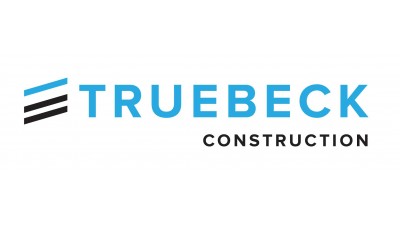How In-House VDC Teams Are Changing The Construction Industry

Over the past decade, building information modeling has become a go-to practice for improving construction efficiency. A visualization of the structural and functional characteristics of a building project, BIM allows designers and builders to see the project in the virtual world before it is constructed physically on-site. The virtual models can be used to estimate, schedule, coordinate and ultimately manage the facility after it is turned over to the client.
The number of users is growing. Over 62% of industry professionals used some form of BIM software to complete jobs in 2017, according to a National BIM report. BIM tools have since expanded into virtual design and construction practices, a holistic toolbox that allows construction professionals to leverage the right technology for planning and executing a project. VDC ties together the multidisciplinary facets of construction, from visualization methods to scheduling and cost analysis.
For Truebeck Construction, having an in-house VDC team allows the company to create innovative solutions for predictable delivery, achieve the highest quality standards and manage risk of complex projects, Truebeck Construction co-founder Sean Truesdale said.
“More architects and contractors than ever are putting their designs in a model, but there hasn’t been a standard protocol for how to best use models and how to best coordinate the work with subcontractors,” Truebeck said. “Having in-house expertise allows us to have a standard way to deliver jobs that saves our clients time and money. This doesn’t just happen if you outsource.”
After relying on consultants for modeling projects, the company found it could better achieve its value-oriented approach to technology by establishing an in-house team. While consultants allow construction companies to outsource software expertise, construction knowledge and specific project requirements often get lost in translation, and hourly rates for consultants add up quickly, Truebeck VDC Manager Justin Porter said.

Having the Truebeck VDC team on-site allows for accuracy and a consistent approach to the VDC process, without needing to go through a subcontractor.
Virtual design and construction starts with a meeting between Truebeck, the client and the project design team. The purpose of this kickoff meeting is to establish the goals for the project and determine which VDC tools will provide the most value. For example, a tight construction timeline could call for a 4D animation to walk through the schedule. For projects that have challenging geometry or tight construction tolerances, like a steel helical staircase with a glass handrail, the team would employ tools like laser scanning on-site to analyze the steel structure to ensure it is within the allocated tolerance.
For complex scopes of work, Truebeck has begun asking bidding subcontractors to submit a test model to gauge their competency with VDC practices and their understanding of the BIM execution plan.

“We don’t like to use technology just to use technology,” Porter said. “It is really about evaluating every project and figuring out what makes the most sense. And we make sure we are only using technologies that add value."
An on-site VDC team can more quickly use technology to assess building accuracy, spot potential building errors and identify problems before they become costly and time-consuming mistakes. Truebeck will keep a VDC engineer on-site for most of its projects, providing a resource for educating and training the project team.
Starting with Porter, the company expanded the team on a project-by-project basis. Truebeck’s team of six VDC professionals, who range from managers to engineers, are trained on how to operate various BIM and VDC tools on-site. Superintendents and project managers also are well-versed in VDC practices, as each project begins with a training session. Because the entire team understands VDC methodologies, Truebeck can marry construction expertise with software skills.
“You deal with many people who are exposed to the technology, but you need a quarterback like our team to make the process efficient and add value to the process,” Truesdale said.
One of Truebeck’s core values is to courageously make ideas reality. To encourage out-of-the-box thinking and cross-project information sharing, leadership has started the Courageous Ideas Award Program to recognize individuals or project teams who find creative ways to deliver value to their projects.
VDC is just the beginning of a trend toward using technology to optimize and improve the construction process. Tools like virtual reality are redefining how to visualize and plan physical structures. But for Truebeck Construction, value will always take precedence over trends, Truesdale said.
This feature was produced in a collaboration between Bisnow Branded Content and Truebeck Construction. Bisnow editorial staff was not involved in the creation of this content.

